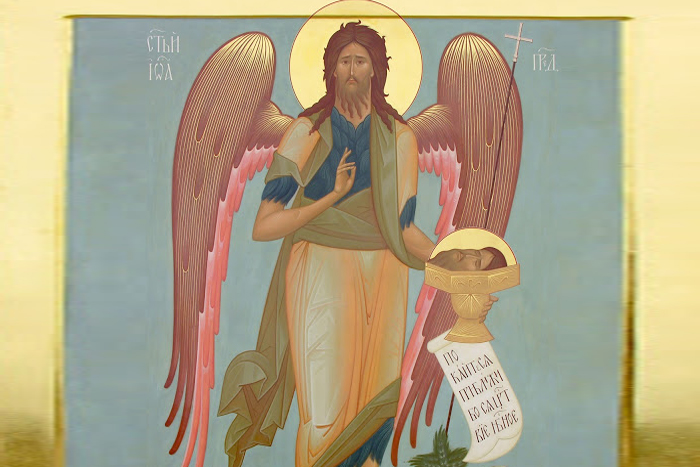
Text in church art provides a sacred passport of the image. If there is an inscription, there is an icon. If there is no inscription, it’s not an icon yet, it’s just a painting. Of course, this does not mean ancient icons with worn-out letters. Traditionally, icons were inscribed by a bishop. He confirmed that the image corresponded to the Holy Tradition and he kind of gave it a name. We know how important it is to give a name. This practice has been preserved in the rite of consecration of a church, when the bishop signs the antimension and draws crosses on the four walls of the temple.
For us Christians, the Lord is the Word. We are the people of the Book, the Bible. That’s why written labels are very important to us. They are more and more important because an inaccurate image can distort the essence. The text is universal. At the same time, the most sacred names are hieroglyphed, as if to protect them from ordinary perception. That is how contractions appear. For example, the name of the Savior – IC XC. They often use abbreviations for the Virgin Mary and the Angelic powers, with special superscript symbols called titlo.
![]()
On the other hand, the inscriptions in the church are part of its ornamental structure, a kind of circulatory system of wall painting. The lettering of inscriptions, lines from akathists and prayers merge the paintings into a rhythmical and color union. It is this system that allows iconographers to channel the oxygen of meaning and the energy of beauty into the sacred space.
Translated by The Catalogue of Good Deeds
Source: https://foma.ru/dlya-chego-nuzhny-podpisi-na-freskah-i-ikonah.html




